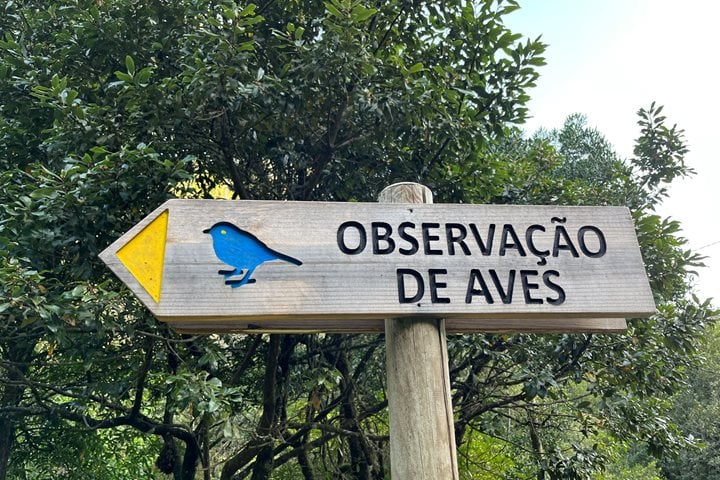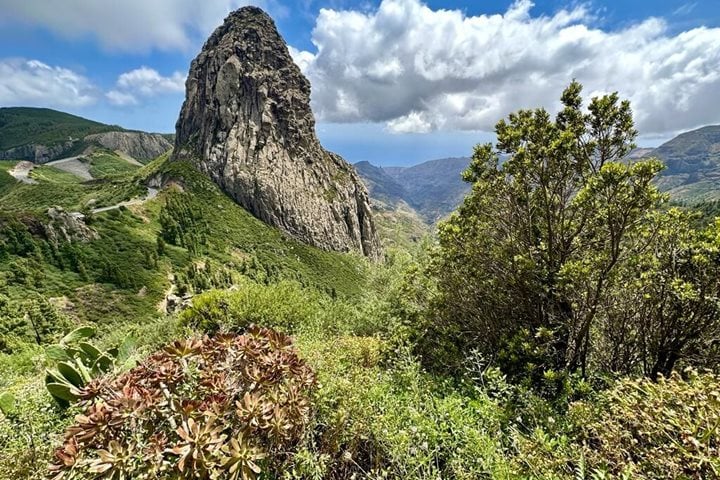‘Good Morning’... somehow Jim Kelley sounds bright and positive even at 5:45 a.m.—that was a little harder for those emerging from an all-too-short slumber after experiencing Rio’s famous samba nightclub, Galeria Scenarium. But by 7:30 a.m. everyone was rolling in different directions, ready to explore the eye opening sights of Rio, including Ipanema beach, a cosmetic surgeon’s carnival.
Floresta de Tijuca national forest proved a delight: claiming the title of “largest urban forest in the world” it bisects Rio, dividing north from south. The sounds of the city cannot be heard, only the views break through the canopy of trees. Plain parakeet, Bananaquit, swallow-tailed manakin showed for the birders. Butterflies, a waterfall, ferns and mosses, and hibiscus creeping, added to the magic of this wild space in Rio.
But most of us headed for Rio’s most famous sights. Christ the Redeemer, spreading his arms in welcome, symbolizes the city. The 19th century cog-railway through the forest clicks through greenery and snatches of views before the final ascent by elevator or foot. Sometimes swirling in mist this great Catholic monument, like Rio’s extraordinary modernist Cathedral, suggests the importance of faith to the city. Then on to the Sugarloaf: reached by a series of cableways, this sentinel at the mouth to Rio’s great bay offered uninterrupted vistas of the hills, waters, beaches, and high skyline of this complex weave of city, forest, elevation, and ocean.
It had been a hot morning, and lunch on National Geographic Explorer, with iced tea, was welcome. Soon the captain put out from the dock, into a weekend scene of sailing boats, past the Sugarloaf, and out to sea on course for another, more distant part of Brazil: Fernando de Noronha.








